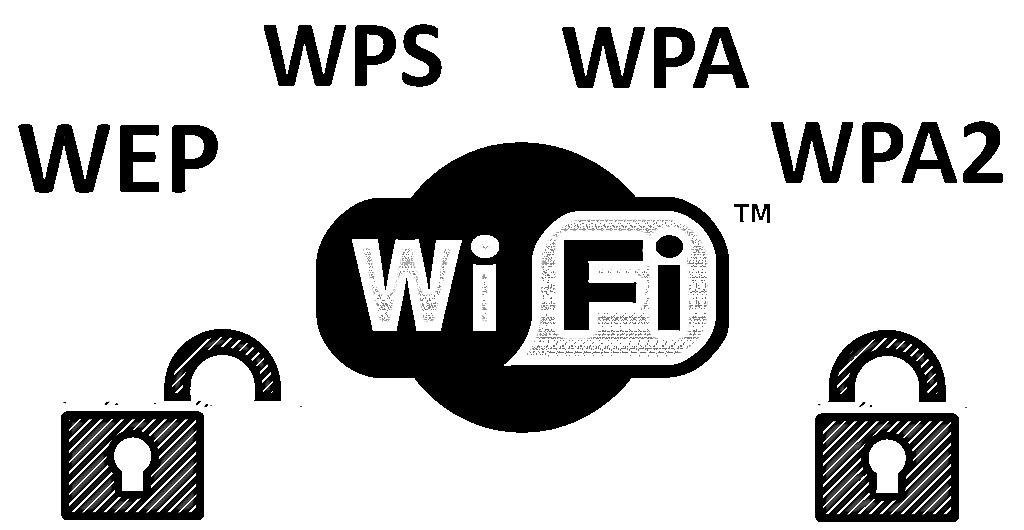WPA (Wi-Fi Protected Access): A Complete Guide to Securing Your Network
telcomatraining.com – Wi-Fi Protected Access (WPA) is a security protocol designed to protect wireless networks from unauthorized access and eavesdropping. Introduced in 2003 by the Wi-Fi Alliance, WPA was created as a more secure alternative to the older WEP (Wired Equivalent Privacy) protocol. Over the years, WPA has undergone several improvements to address emerging security threats, leading to the development of WPA2 and WPA3.
Evolution of WPA Security
When WPA was first introduced, it aimed to address significant flaws in WEP, which was vulnerable to various types of attacks such as packet sniffing and password cracking. WEP encryption relied on weak keys and could be easily broken by attackers using readily available tools. WPA improved on WEP by using stronger encryption methods, including the Temporal Key Integrity Protocol (TKIP), which dynamically generates new keys for each session, making it harder for attackers to intercept data.
However, WPA’s initial implementation was still considered less secure than its successor, WPA2. WPA2, introduced in 2004, replaced TKIP with the more secure Advanced Encryption Standard (AES) encryption protocol, offering better protection for users. AES is widely regarded as one of the most secure encryption standards available today.
In 2018, WPA3 was released as the next iteration of the protocol, providing even stronger security measures to defend against modern threats. WPA3 includes features like more robust encryption for public Wi-Fi networks and improved protection against brute-force password attacks.
Key Features of WPA
1. Encryption: One of the core features of WPA is its encryption capabilities, which protect the data transmitted over the wireless network. WPA uses either TKIP (WPA) or AES (WPA2 and WPA3) encryption to ensure that the data is scrambled and unreadable to anyone who might intercept it. This ensures that sensitive information such as passwords, emails, and financial data is kept safe.
2. Authentication: WPA provides authentication mechanisms to verify the identity of users attempting to connect to the network. This prevents unauthorized access to your network by ensuring that only authorized devices can connect. WPA uses protocols like the Extensible Authentication Protocol (EAP) to authenticate users, with WPA2 offering more secure EAP methods.
3. Data Integrity: WPA ensures data integrity by protecting the integrity of the transmitted data. This means that even if an attacker intercepts the data, they cannot alter it without being detected. This is achieved through mechanisms like message integrity checks and checksums.
Types of WPA
There are several types of WPA, each suited to different use cases:
WPA Personal (WPA-PSK): This is the most common type of WPA used in home networks. WPA Personal requires users to input a shared password (pre-shared key or PSK) to authenticate and connect to the network. WPA-PSK provides a balance of security and convenience, making it ideal for small or home networks.
WPA Enterprise (WPA-EAP): WPA Enterprise is designed for larger, more complex networks such as businesses and organizations. Instead of a shared password, WPA Enterprise uses an authentication server (usually RADIUS) to validate the credentials of each user attempting to access the network. This provides a higher level of security, as it supports individual usernames and passwords for each user.
WPA3: The Latest Standard
With the increasing number of cyber threats and attacks, WPA3 was introduced to provide even more robust security. Some of the standout features of WPA3 include:
- Stronger Encryption: WPA3 uses a more advanced encryption method called 192-bit security, offering improved protection against brute-force attacks.
- Simultaneous Authentication of Equals (SAE): This feature replaces the PSK authentication used in WPA2, making it much harder for attackers to guess the password even if they have access to the network’s traffic.
- Protection for Public Networks: WPA3 includes new security features to protect users when connecting to open networks, such as public Wi-Fi hotspots. It encrypts the communication, ensuring that even on unsecured networks, users’ data remains private.
- Improved Password Protection: WPA3 makes it much harder for attackers to crack passwords through offline dictionary attacks, enhancing the security of networks.
Conclusion
In conclusion, WPA (Wi-Fi Protected Access) plays a crucial role in securing wireless networks, ensuring that data transmission is encrypted and that unauthorized access is prevented. Over the years, WPA has evolved from a basic security protocol to a sophisticated system with multiple levels of encryption and authentication methods, offering users greater peace of mind when connecting to Wi-Fi networks. With the introduction of WPA3, users can be assured that their data is safe even in environments with heightened security risks, such as public Wi-Fi hotspots.
For both home users and businesses, it’s essential to implement WPA2 or WPA3 encryption to safeguard wireless networks. Upgrading to the latest version of WPA ensures a stronger defense against potential security threats and helps maintain privacy in an increasingly connected world.







